
Posts Tagged: Integrated Pest Management Systems
Barn Owls: Biological Control
I usually enjoy life and growing things as a farmer, however I was excited in the recent weeks to see the remains of something most definitely dead; owl pellets under an artificial nesting site. After a couple barn owl boxes were installed last year, I have eagerly awaited their occupation. Did you know that a family of barn owls will eat about 1,000 rodents in a single nesting season?
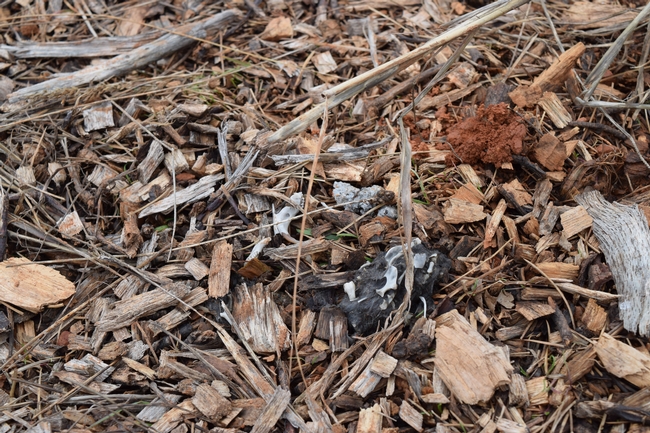
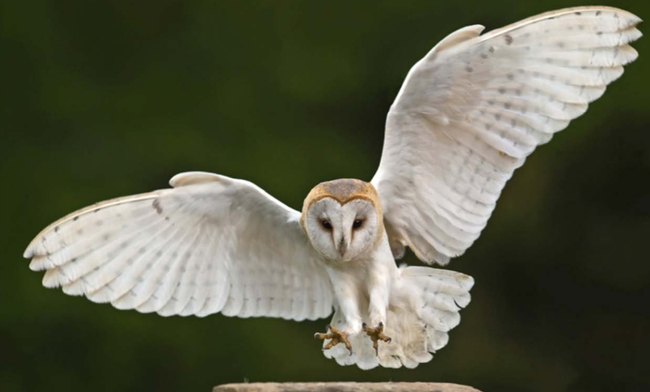
The recent owl pellet observation sparked my interest in researching the benefits of barn owls in agriculture. I found lots of information but focused on a particularly good peer-reviewed article called Agriculture land use, barn owl diet, and vertebrate pest control implications. (Kross, 2016). I will share with you the highlights, but you might want to read the research report yourself.
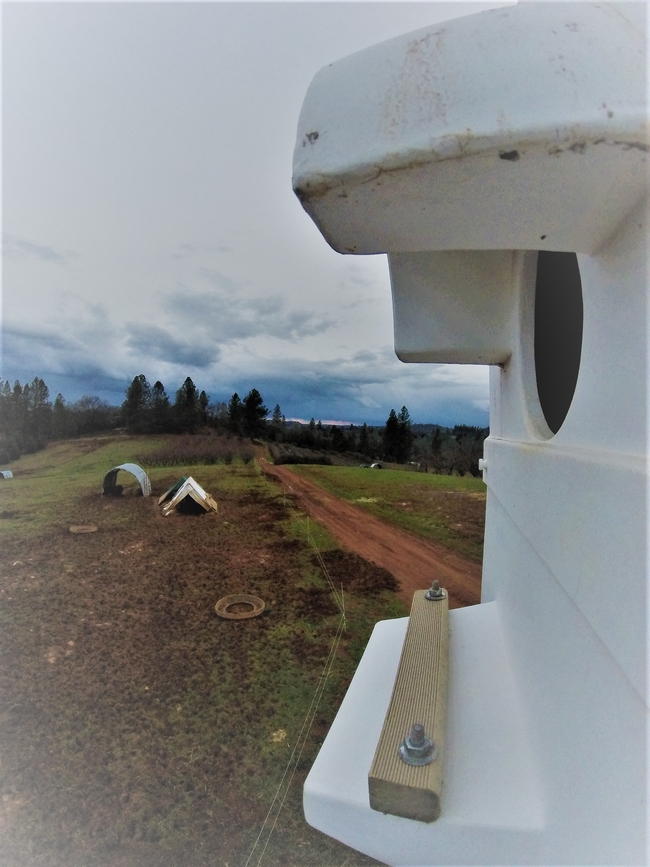
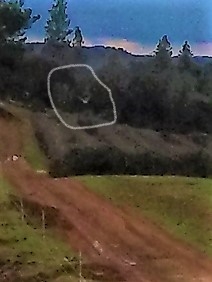
Research of owl presence at 25 California nesting boxes located mainly on row crops and perennial crops and forage, identified 1044 prey species. Pocket gophers, mice, and voles are generally the most important parts of the barn owl diet. Gopher numbers were highest in owl pellets found near perennial cropping systems but still a significant part of pellets found in annual cropping systems. Although mice are often considered less important as pests than gophers, they can carry pathogens that are a food-safety risk. 99.5% of prey items studied were agriculture pests, therefore owls are likely to provide valuable pest control services for farmers in our area if owl populations are fostered. Barn owls can persist if nesting sites and prey are available. Farmers seem to help provide the rodents, but let's not forget the nesting sites!
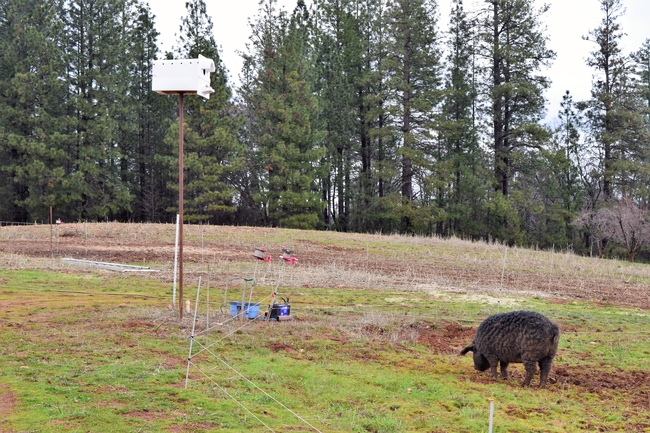
Alternative methods for rodent control such as trapping and poisoning can be expensive, labor intensive, and impact non-target species. Installation of nesting boxes to attract barn owls is not a proven method for sustained rodent control in agriculture systems by itself, rather it is best included as a component in an integrated pest management plan. Availability of nests sites appears to be the limiting factor of barn owl population growth in habitats that interface with humans (i.e. Farms and Ranches). Barn owls in the studied area occupied over half of the artificial nesting sites available to them, so installing nest boxes on farms may increase the natural barn owl rodent control.
Take away:
Farmers and ranchers who wish to utilize the low-cost natural predation of rodent pests by barn owls in their agriculture systems or simply attract owls should:
- Provide abundant nest sites, including nest boxes. Funding and plans may be found through contacting your local resource conservation district.
- Increase crop type diversity in proximity to nest sites to include both perennial and annual systems to increase owl hunting efficiency.
- Install nest boxes now for this spring nesting season for best chance of owl occupation in the next 6 months.
Resources:
Read the research article discussed above:
Kross S., Bourbour R., & Mertinico B. 2016. Agriculture land use, barn owl diet, and vertebrate pest control implications. Agriculture Ecosystems and Environment. 223, 167-174. http://sarakross.weebly.com/uploads/8/6/7/7/8677631/kross_bourbour___martinico_2016.pdf
NRCS Barn Owl Information Sheet and Owl box plans https://www.nrcs.usda.gov/Internet/FSE_DOCUMENTS/nrcs144p2_063925.pdf
UC Master Gardener Gopher Blog post, ideas for gopher management with great photos https://ucanr.edu/blogs/blogcore/postdetail.cfm?postnum=29485
UCANR Songbird, Bat, and Owl Houses https://anrcatalog.ucanr.edu/Details.aspx?itemNo=21636 This handy guide explores the benefits of the biodiversity and aesthetics of songbirds, bats, and owls. While written with vineyard managers in mind, anyone interested in learning about nest boxes will find this guide useful. Purchase this booklet at the link above for $15.
Scorching Heat in the Low Desert! No Worries, It’s Good Time to Kill Weeds.
As we are in the mid-summer, many fields in the low desert region are preparing for soil solarization. Soil solarization is a widely adopted pest control method by organic growers in the low desert region. With the increase in organic production acreage in recent years, we are seeing more fields...
Grazing & revegetation for suppression of barb goatgrass and medusahead
Elise Gornish, Josh Davy, Travis Bean, and I are testing the use of sheep for management of late-season invasive annual grasses. This trial is taking place at five sites at the Hopland Research and Extension Center – two with barb goatgrass, two with medusahead, and one mixed. Treatments...

Hopland in early spring, when grasses are tillering.

Sheep having a square meal (18 m x 18 m of goatgrass).

Grazing was sufficient to prevent invasives from going to seed.

The research sheep were heavily guarded.
